Home > Climate News >

Agrivoltaics looks at farming around/among solar panels
Double cropping solar power and organic dairy production works successfully here, but the concept – called agrivoltaics – is still very new.
Agrivoltaics is a new umbrella term defined as any farming practices on the land supporting solar power.
Around the world, innovators are looking for ways that solar panels and agriculture can benefit from the other. Flowers, pollinator plants, alfalfa, grass, vegetables and greens, and fruits and berries are some of the potential crops that people are planting in conjunction with solar panels…

How installing solar canopies over canals can help California fight drought
A first-in-the-nation project to determine whether covering sections of canals with solar panels can help California reach its renewable energy goals is gearing up to break ground early next year…
Researchers from the University of California, Merced determined that covering the 4,000 miles of California’s open canals with solar panels could save upward of 63 billion gallons of water each year, the residential water needs of about 2 million people, or enough to irrigate about 50,000 acres of farmland…
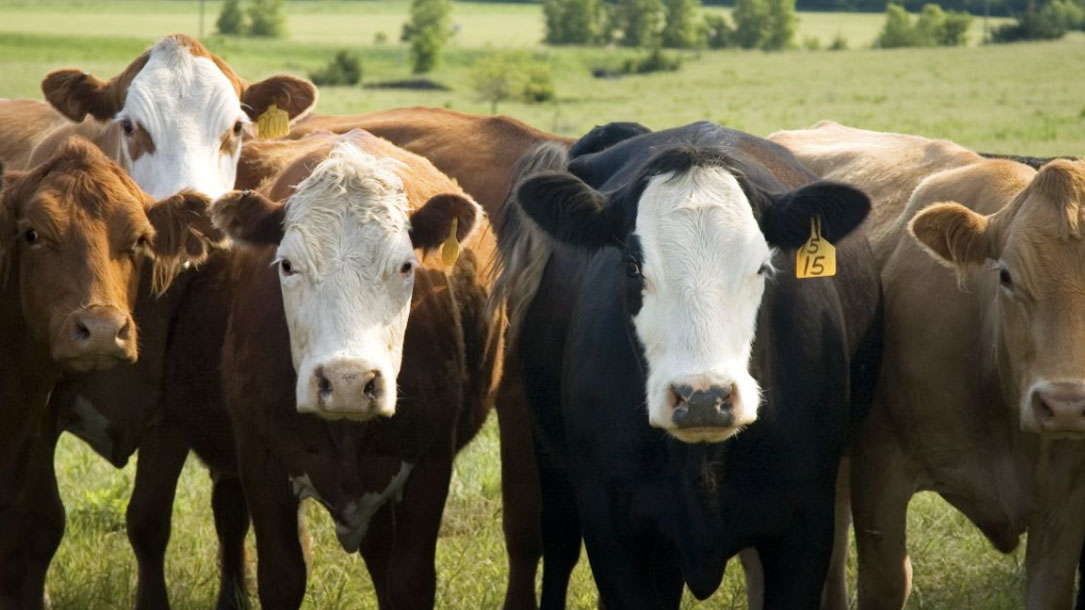
Tweaking cows’ diets can reduce climate-warming pollution
[T]weaking a cow’s diet can cut those emissions by up to 40%, according to some estimates. Providing feed that’s easier to digest, adjusting the proportions of nutrients, and supplementing with certain additives can help reduce the methane produced.
Wightman says it also boosts milk production because less of the energy contained in the feed goes to waste.
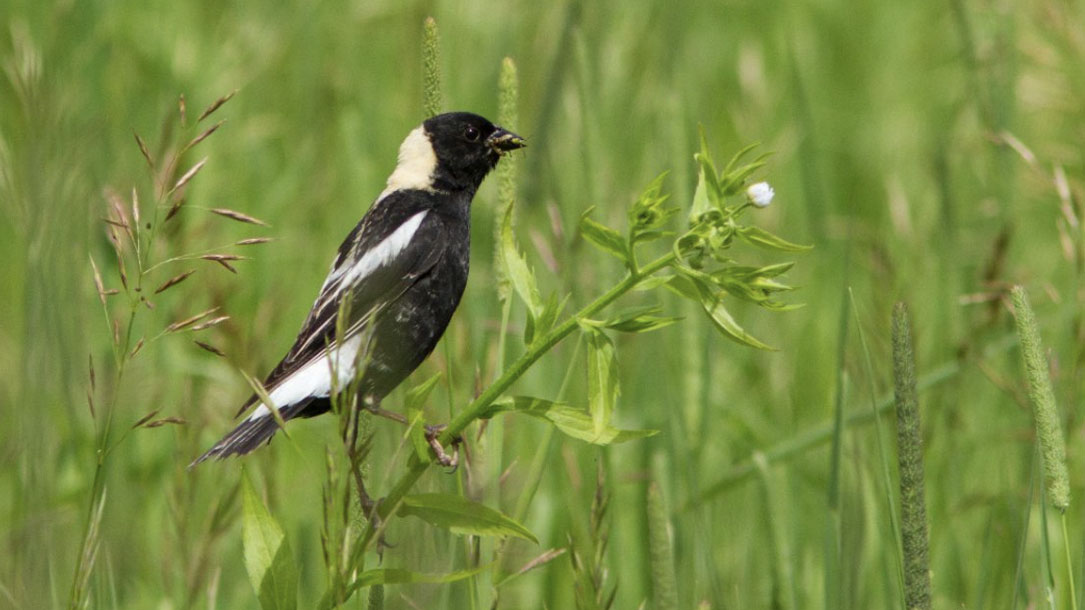
2021 Plowprint Report
In a concerning trend, WWF’s 2021 Plowprint Report has revealed that, for the second year in a row, grassland plow-up across the Great Plains has continued to accelerate. The 2021 report, which utilizes the USDA’s annual Cropland Data Layer and the Canadian Annual Crop Inventory from two years prior to its release date, finds that from 2018-2019 an estimated 2.6 million acres of grassland were plowed-up, primarily to make way for row crop agriculture. This is an area larger than Yellowstone National Park. Within the Northern Great Plains (NGP), the Great Plains’ most intact region, nearly 600 thousand acres were plowed up during this same period.
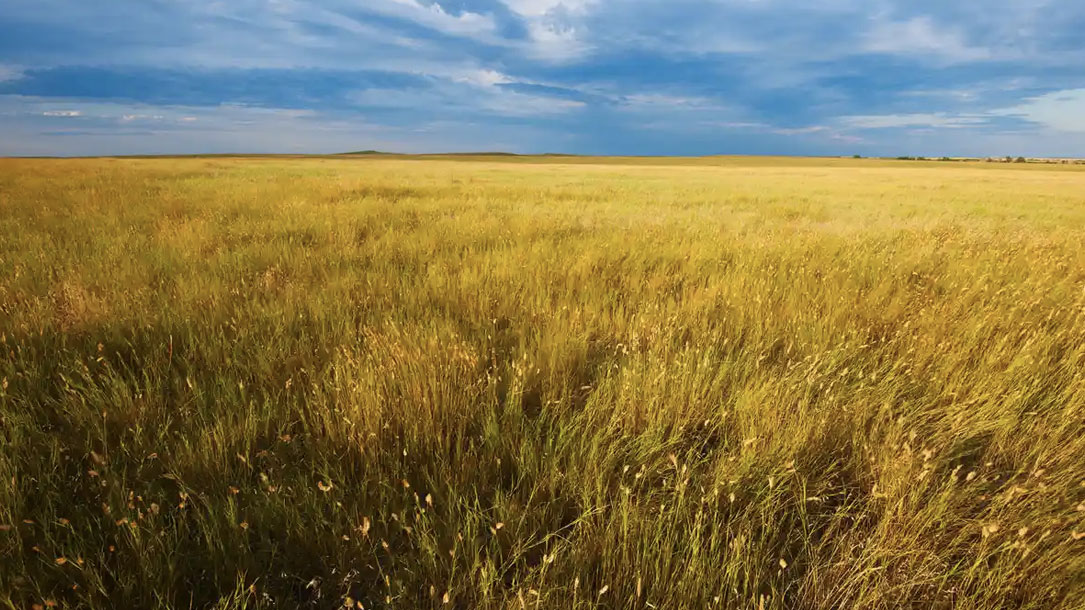
America’s native grasslands are disappearing
Lendrum led a research team that released a report in September showing that from 2018 to 2019 an estimated 2.6 million acres of grassland were plowed up, primarily to make way for row crop agriculture — an area larger than Yellowstone national park.
For a few years, the rate of grassland loss was decreasing. But then in 2018 and 2019, the number started to increase again, Lendrum says. “That’s an alarming trend.” It’s also a huge blow for efforts to fight the climate crisis and represents a little reported unfolding environmental disaster in the US…

Climate change’s impact on soil moisture could push land past the ‘tipping point’
The impact of climate change on soil moisture could push land past a “tipping point” — turning it from a net carbon “sink” to a source of CO2, one study finds.
The research, published in Nature, shows that levels of soil moisture — which are impacted by rising temperatures and extreme events such as droughts — can have a “large negative influence” on the land’s ability to store carbon…

Agrivoltaics looks at farming around and among solar panels
If you are driving to the West Central Research and Outreach Center (WCROC), look along U.S. Highway 59 for large pastures where cows graze among solar panels.
The cows, under the direction of Bradley Heins, Ph.D., University of Minnesota, use the panels for shade and shelter.
Double cropping solar power and organic dairy production works successfully here, but the concept — called agrivoltaics — is still very new…
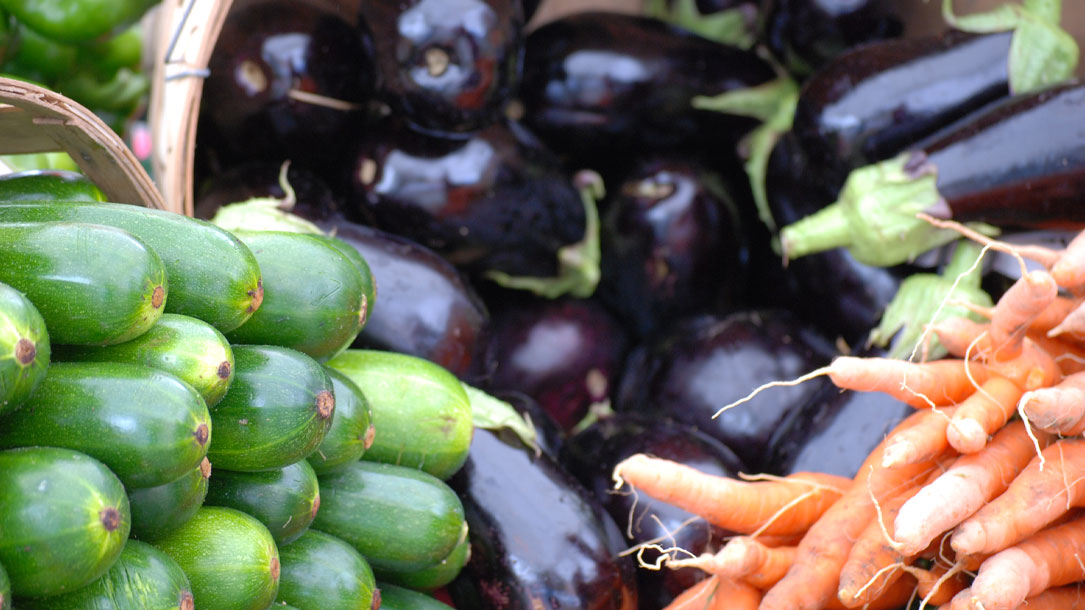
Land conservation combatting climate change
Agricultural Stewardship Association is working to position farmers and farmland as part of the climate solution. Here’s an excerpt from their website:
ASA is dedicated to helping mitigate climate change. Here’s how:
- We are helping farm families permanently protect the most valuable and resilient land for farming and growing food.
- We are educating our community about the importance of keeping land in farming and the connection with increasing resilience to a changing climate.
- We are partnering with other organizations to help farmers adopt soil health practices and generate renewable energy in ways that are compatible with agriculture and keep productive land in farming…
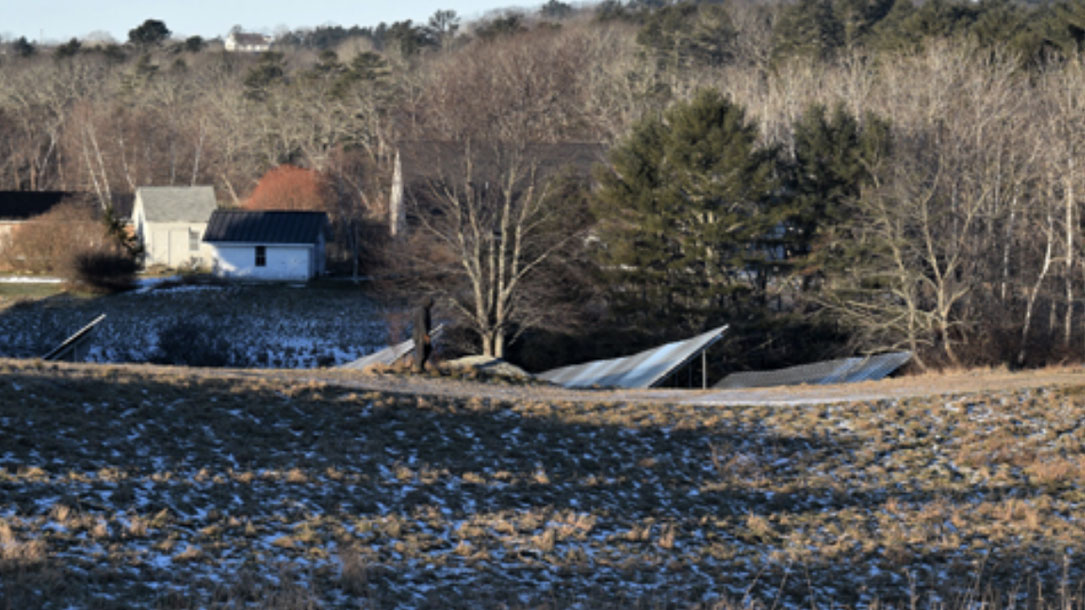
Coastal Rivers takes leap towards carbon neutrality with solar array
For those who braved mud or ice to stroll the slopes at Round Top Farm this winter, they may have spotted something shiny and new in the southwest field behind Darrows Barn.
As of Jan. 3, contractors with ReVision Energy completely installed eight rows of solar panels on a one-acre parcel at the farm and are in the process of finishing the wiring on the array. ReVision broke ground on the project in the fall.
Hannah McGhee, Coastal Rivers outreach and communications manager, said the location for the panels was selected for the minimal impact it would have on the visual landscape at Round Top for the public and abutters.
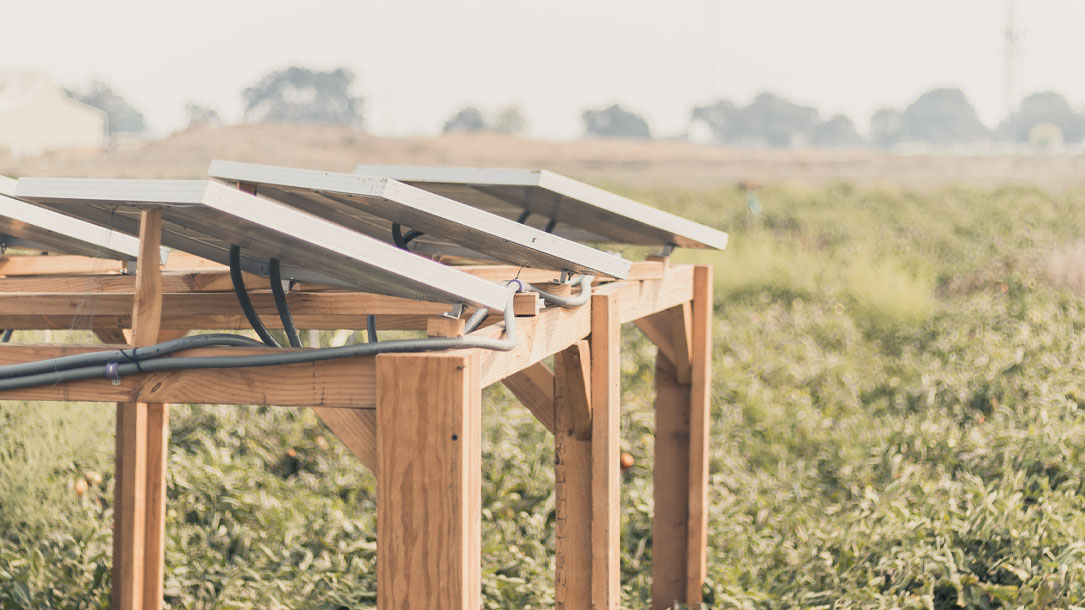
Solar sharing for both food and clean energy production
Research on the performance of agrivoltaic systems for corn, a typical shade-intolerant crop.
This article concerns research conducted at a 100-m2 experimental farm with three sub-configurations: no modules (control), low module density, and high module density. In each configuration, 9 stalks/m2 were planted 0.5 m apart. The biomass of corn stover grown in the low-density configuration was larger than that of the control configuration by 4.9%. Also, the corn yield per square meter of the low-density configuration was larger than that of the control by 5.6%.












